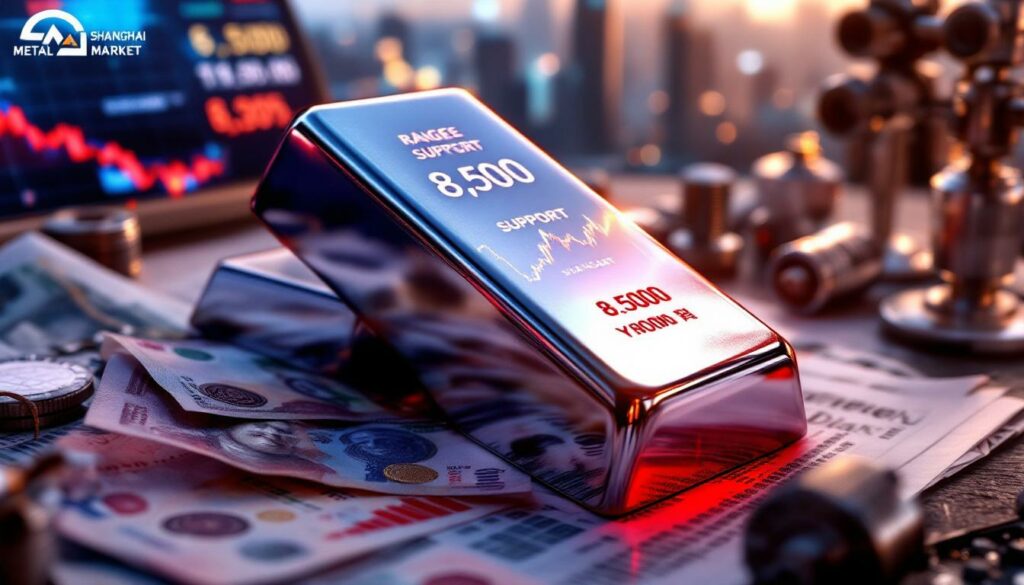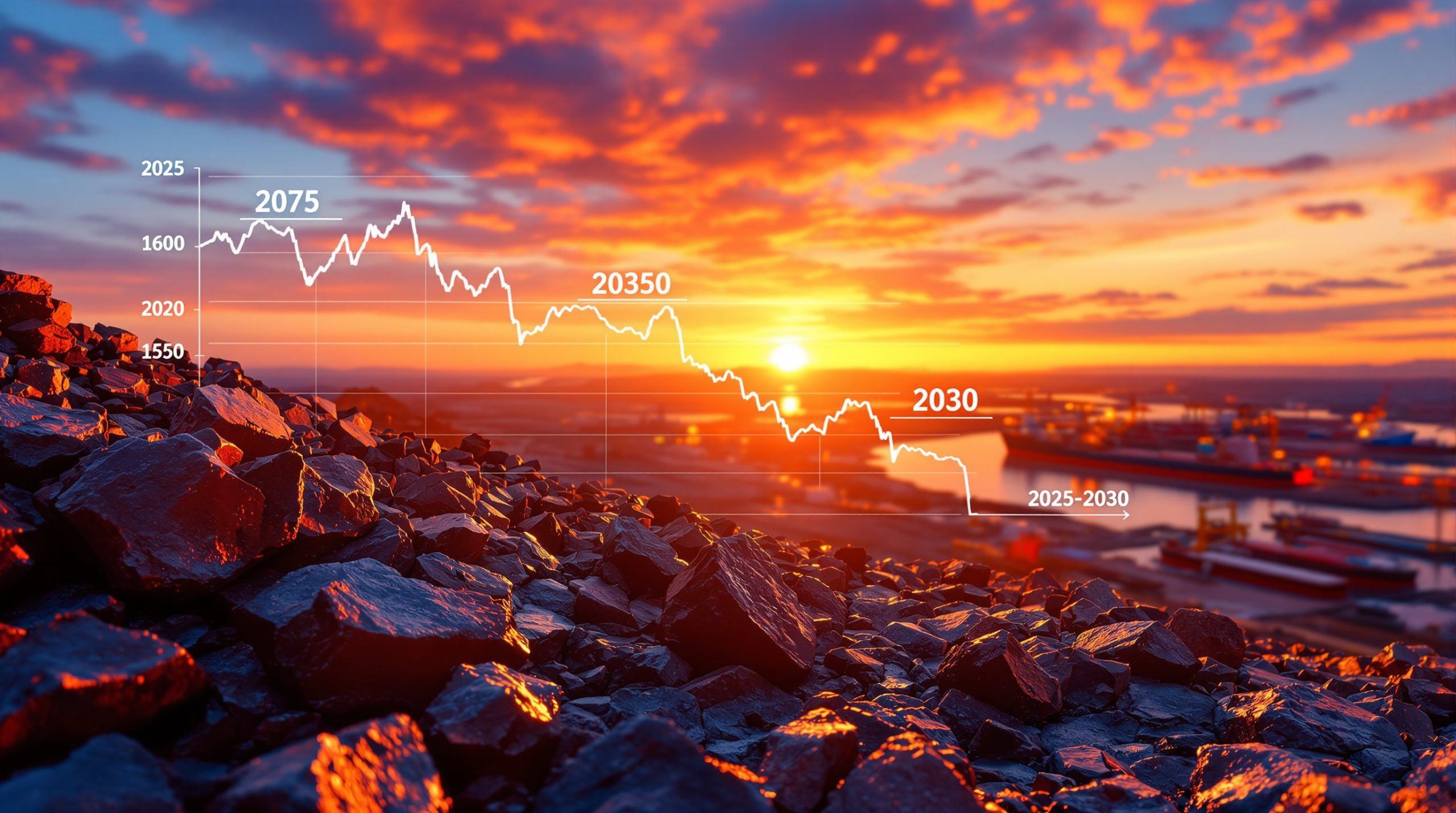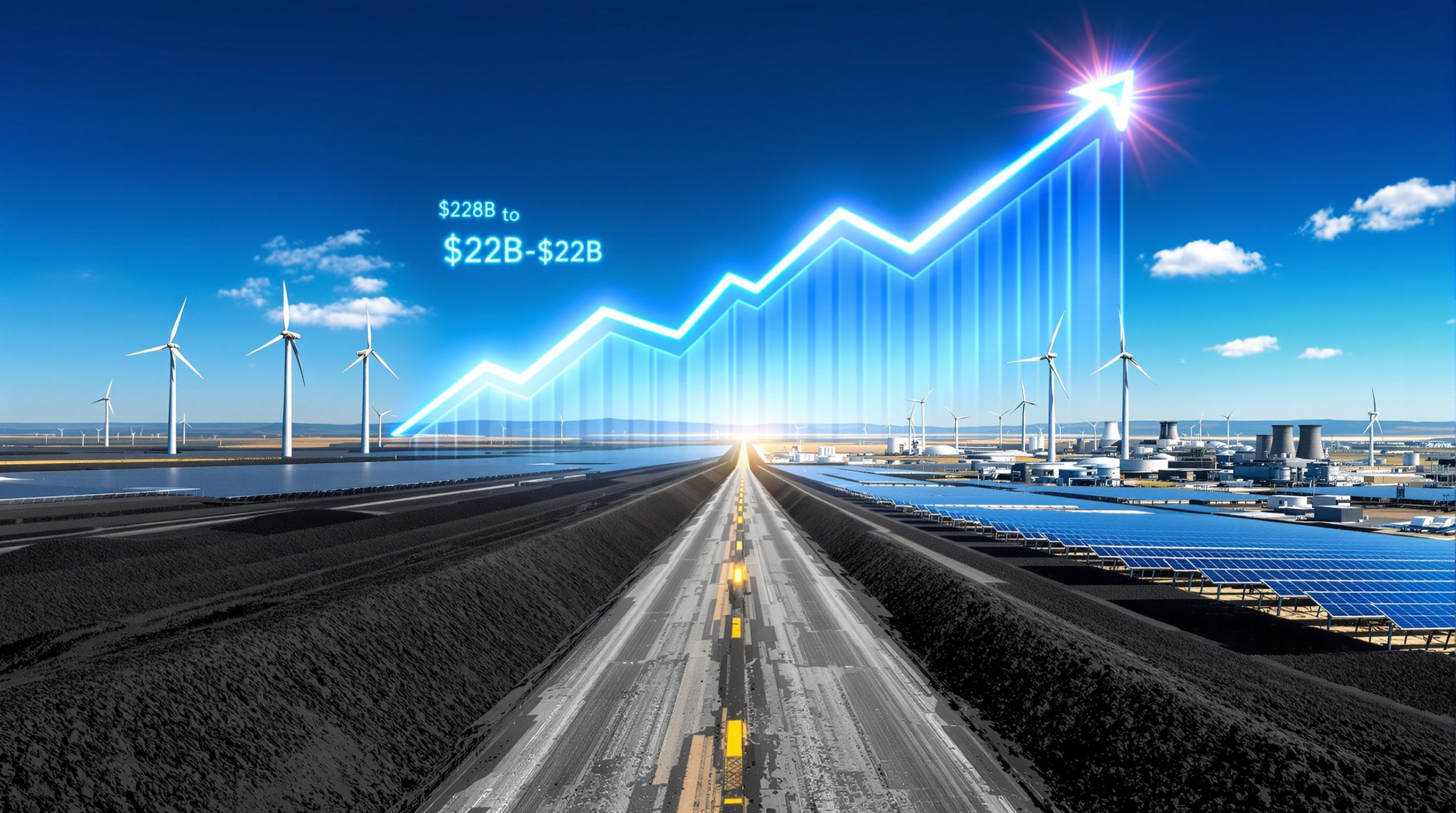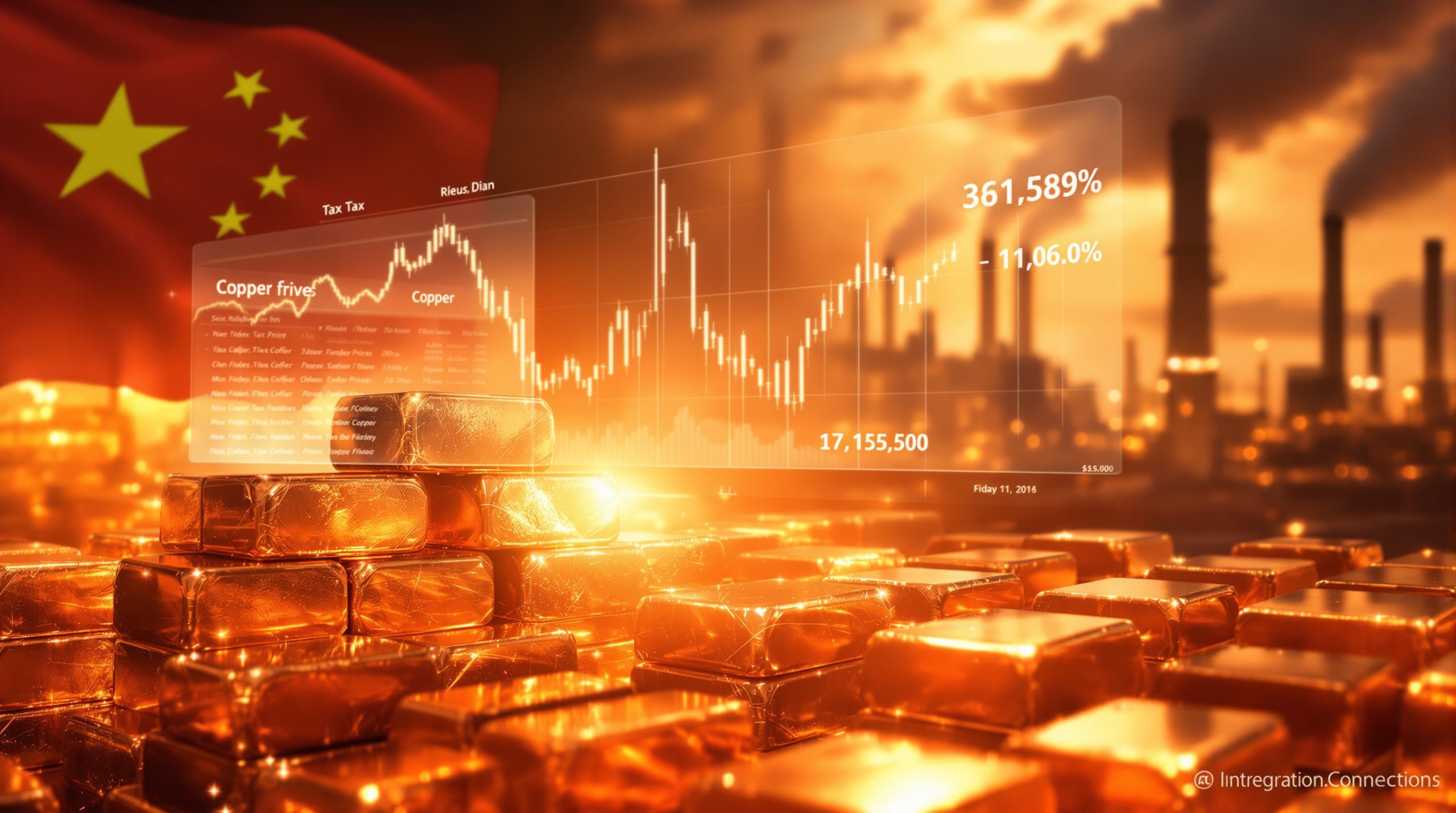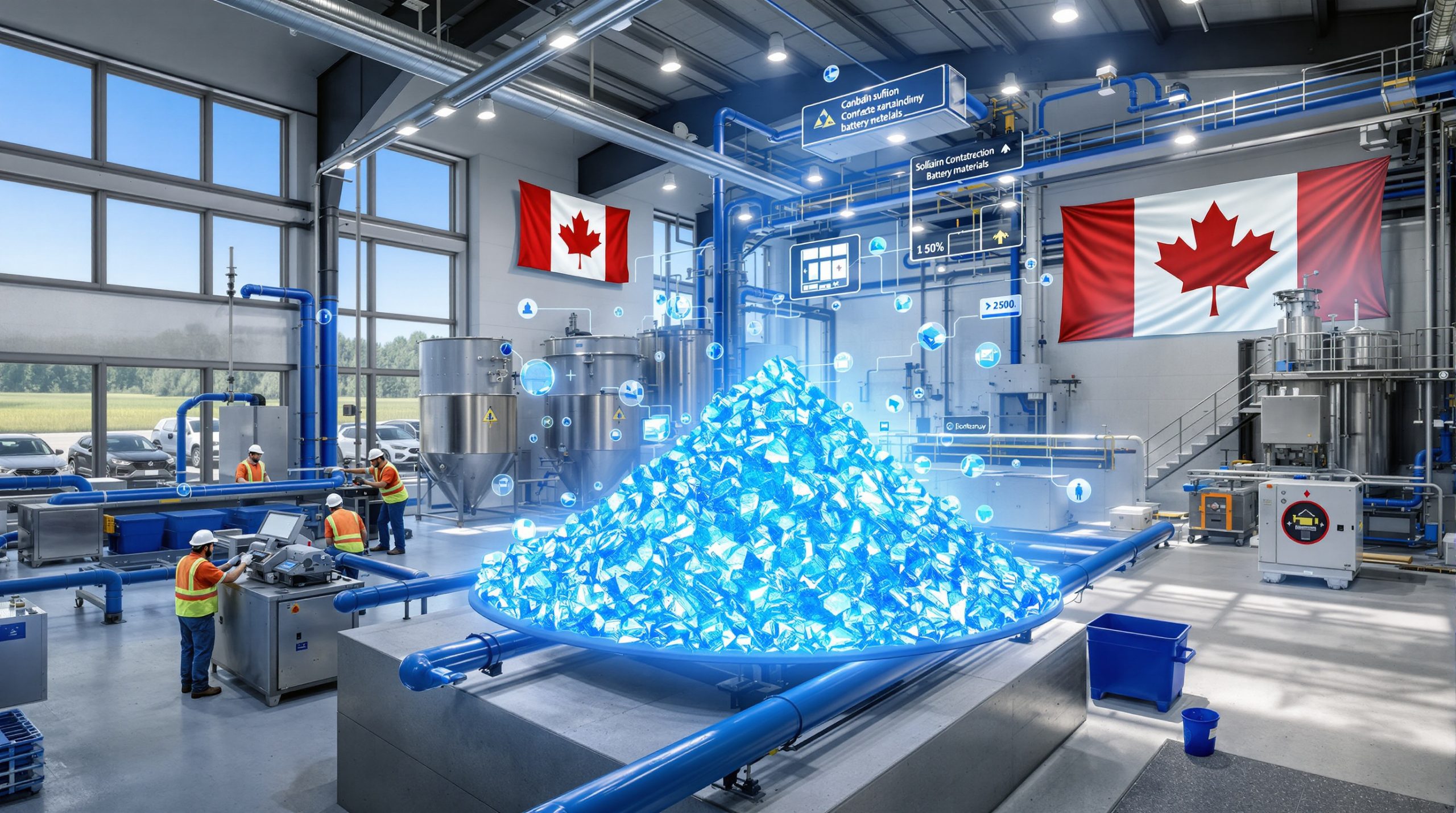Silver Market Analysis: Why Prices Remain Rangebound Despite Economic Pressures
What's Driving Silver Price Fluctuations in 2025?
Silver prices fluctuate rangebound in the spot market as competing forces create a delicate balance in precious metals trading. The Federal Reserve's June 2025 meeting minutes, released on July 9, revealed plans for only one potential interest rate cut this year—contrary to the two cuts investors had anticipated. This policy surprise immediately triggered selling pressure in precious metals markets.
Despite these headwinds, silver maintains resilience due to its dual nature as both an industrial metal and inflation hedge. The New York Fed's 1-year inflation expectation for June registered at 3.02% (down from 3.20% in May and below forecasts of 3.13%), offering moderate support to precious metals as inflation concerns persist.
"Under dual pressures of inflation and trade wars, the medium-and-long-term appeal of precious metals as safe-haven assets remained intact," according to Shanghai Metal Market (SMM) analysis published July 10, 2025. This fundamental support prevents significant downside despite short-term volatility.
Technical support at 8,500 yuan/kg (established from previous market lows) has provided a solid foundation during recent selling episodes. Market observers note that gold price stabilization has offered secondary support for silver markets, highlighting the interconnected nature of precious metals analysis during periods of economic uncertainty.
How Are Safe-Haven Assets Performing in the Current Economic Climate?
The rangebound trading pattern in silver reflects broader uncertainty in safe-haven assets. While gold has demonstrated greater price stability in recent weeks, silver experiences higher volatility due to its significant industrial demand component—approximately 50% of silver consumption comes from manufacturing sectors.
This industrial exposure makes silver particularly sensitive to economic indicators that suggest manufacturing slowdowns. However, its precious metal characteristics simultaneously provide buoyancy during periods of economic uncertainty or currency debasement concerns.
Current technical analysis shows consolidation following mid-week weakness, with momentum indicators providing mixed signals about potential breakout direction. Traders are closely monitoring the 8,500 yuan/kg support level, as a decisive break below could trigger additional technical selling.
Market participants note that the medium-term bullish trend remains intact despite short-term fluctuations. This perspective aligns with historical patterns showing silver often lags gold initially but can outperform during later stages of precious metals rallies due to its smaller market size and greater price elasticity.
What Do Current Economic Indicators Reveal About Silver's Trajectory?
Economic indicators present a contradictory picture for silver markets. Bearish signals emerged from U.S. EIA crude oil inventories for the week ending July 4, 2025, which surged by 7.07 million barrels—significantly exceeding expectations of 3.845 million and reversing the previous week's 2.071 million barrel decline.
This substantial inventory build suggests potential industrial slowdown, which could negatively impact silver's industrial demand component. The correlation between manufacturing activity and energy consumption makes crude oil inventories a leading indicator worth monitoring for silver investors.
Conversely, declining inflation expectations provide a bullish counterbalance. The New York Fed's report showing 1-year inflation expectations at 3.02% supports the case for monetary easing, which typically benefits precious metals. This indicator's improvement from May's 3.20% reading suggests inflation pressures may be moderating, though remaining above the Federal Reserve's 2% target.
The technical picture remains nuanced, with silver trading within established ranges. Key support at 8,500 yuan/kg continues to hold, while resistance levels have capped upside momentum. This price consolidation pattern often precedes directional breakouts, though timing remains unclear based on current technical indicators.
Inside the Spot Silver Market: Current Trading Dynamics
The spot silver market reflects cautious sentiment with distinctive pricing structures emerging across different product categories. Shanghai-area national standard silver ingots currently trade at premiums of 2-3 yuan/kg over TD (Trading Differential), while carrying discounts of 7-10 yuan/kg against the SHFE silver 2508 futures contract.
Large-plant silver ingots command slightly higher premiums of 3-5 yuan/kg over TD, reflecting their quality advantage and market preference. However, as spot-futures price spreads narrowed toward the week's end, some suppliers reduced national standard silver ingot premiums to near parity to encourage inventory liquidation.
Transaction volumes remain thin, with downstream procurement dominated by just-in-time purchasing strategies. This approach minimizes inventory risk during uncertain price environments, with buyers reluctant to build significant positions ahead of clearer directional signals.
"Most traders adopted a wait-and-see stance," according to SMM Weekly Review of Silver Market, with only "isolated opportunistic buying" observed following mid-week price corrections. This behavior suggests market participants remain unconvinced about imminent breakout direction, preferring caution over speculation.
The narrowing spot-futures convergence has notably influenced trading strategies, with suppliers adjusting premiums to maintain transaction flow. This tactical adjustment reveals the balanced supply conditions currently prevailing, with no significant shortages reported across major trading hubs.
How Is the Solar Industry Influencing Silver Demand?
The solar photovoltaic (PV) sector continues to drive specialized silver demand, with distinct pricing tiers reflecting technical applications. Current market data shows solar cell rear-side silver paste trading at 5,650-5,737 yuan/kg, while front-side applications command substantially higher prices—front-side finger paste averages 8,509-8,640 yuan/kg, and front-side busbar paste trades at 8,459-8,590 yuan/kg.
This approximately 50% premium for front-side applications highlights the critical nature of silver in PV cell efficiency. Front-side silver pastes require higher purity, enhanced conductivity, and superior adhesion properties compared to rear-side formulations, justifying their price differential.
The narrow price gap between busbar and finger applications (approximately 50 yuan/kg) indicates similar production requirements despite their distinct functions in solar cell architecture. This pricing stability in solar-grade silver contrasts with the broader spot market volatility, underscoring the industrial demand resilience in renewable energy applications.
Solar industry consumption remains a bright spot for silver demand, with specialized products maintaining premium pricing despite short-term fluctuations in the broader silver market. This sector-specific demand provides underlying support for silver prices even during periods of macroeconomic uncertainty.
Industry analysts note that ongoing technological innovation in solar manufacturing continues to focus on silver efficiency rather than substitution, with thrifting efforts balanced against performance requirements. This technical necessity ensures continued demand despite periodic price sensitivity.
What Trading Strategies Are Emerging in the Current Market?
Silver's rangebound price action has generated distinct trading approaches across market segments. Downstream enterprises display strong reluctance to build inventory positions, instead adopting just-in-time procurement strategies to minimize price risk exposure during uncertain market conditions.
This cautious positioning has resulted in reduced transaction volumes, with active trading limited to strategic intervals. Opportunistic dip-buying emerged after mid-week price corrections, though participation remained selective rather than widespread.
Suppliers have responded to narrowing spot-futures spreads by adjusting premium structures to encourage transactions. Some vendors reduced national standard silver ingot premiums to near parity with spot prices to facilitate inventory liquidation, revealing their preference for cash positions over continued holdings during rangebound conditions.
Risk management strategies have evolved accordingly, with increased hedging activity observed in futures markets. The balanced supply conditions, with no significant shortages reported, provide flexibility for market participants to implement varied trading approaches based on individual risk tolerances.
Market experts suggest maintaining balanced exposure during rangebound conditions, with strategic purchases on technical support tests and profit-taking near resistance levels. This measured approach aligns with current market psychology, which favors risk mitigation over aggressive positioning.
FAQ: Silver Market Outlook for Investors and Industry
Why are silver prices fluctuating in a range instead of trending?
Silver prices remain rangebound due to counterbalancing forces—Federal Reserve policy signals suggesting fewer rate cuts (bearish) versus persistent inflation and tariffs impacting investment markets (bullish). This equilibrium creates a consolidation pattern as traders await clearer directional catalysts from economic indicators or policy developments.
How does silver's performance compare to other precious metals?
Silver has shown higher volatility than gold during recent market action, reflecting its smaller market size and industrial demand component. Gold prices stabilized first following the Federal Reserve minutes, providing subsequent support for silver markets. This relationship illustrates silver's tendency to amplify gold's price movements in both directions due to its lower liquidity and dual market nature. Investors often track the gold–silver ratio analysis to identify relative value opportunities.
What impact could changing industrial demand have on silver prices?
Industrial demand fluctuations significantly influence silver price dynamics given its 50% consumption in manufacturing applications. The solar PV sector remains particularly important, with specialized silver pastes for different components commanding substantial premiums over standard silver. Current solar cell applications show rear-side paste at 5,650-5,737 yuan/kg and front-side applications at 8,459-8,640 yuan/kg, highlighting the technical value proposition despite price sensitivity.
When might silver break out of its current trading range?
A breakout from current consolidation would likely require either significant shifts in Federal Reserve policy expectations, unexpected inflation data, resolution of trade tensions, or substantial changes in industrial demand patterns. Technical analysis suggests monitoring the 8,500 yuan/kg support level, as a decisive break below could trigger accelerated selling, while sustained trading above recent resistance could signal renewed bullish momentum. Some market participants are already implementing silver squeeze strategies in anticipation of a potential breakout.
Silver Market Data Table: Key Metrics at a Glance
| Metric | Current Value | Weekly Change | Monthly Trend |
|---|---|---|---|
| Spot Price Support Level | 8,500 yuan/kg | Stable | Moderate strength |
| National Standard Premium | 2-3 yuan/kg over TD | Decreasing | Narrowing |
| SHFE Contract Discount | 7-10 yuan/kg | Stable | Widening |
| Solar Silver (Rear) | 5,650-5,737 yuan/kg | Minimal change | Stable |
| Solar Silver (Front-Finger) | 8,509-8,640 yuan/kg | Minimal change | Stable |
| NY Fed Inflation Expectation | 3.02% | -0.18% | Decreasing |
| US EIA Crude Inventories | 7.07M barrels | +9.14M barrels | Increasing |
Key Takeaways for Silver Market Participants
The current silver market presents both challenges and opportunities as silver prices fluctuate rangebound in the spot market. Federal Reserve policy signals have created headwinds, but underlying inflation concerns and safe-haven demand provide fundamental support. Technical analysis shows key support at 8,500 yuan/kg remains intact despite short-term volatility.
For industrial users, the specialized silver market maintains distinct pricing tiers, with solar applications commanding significant premiums based on technical requirements. The approximately 50% price differential between rear-side (5,650-5,737 yuan/kg) and front-side applications (8,459-8,640 yuan/kg) highlights the critical nature of silver in photovoltaic efficiency.
Trading volumes remain thin as market participants adopt cautious positioning, with downstream enterprises showing reluctance to build inventory. This wait-and-see sentiment reflects broader uncertainty about directional breakout timing, though opportunistic dip-buying emerged following mid-week corrections.
Economic indicators present mixed signals, with bearish oil inventory data (7.07 million barrel build) contrasting against bullish inflation expectations (3.02%, down from 3.20%). This balanced fundamental picture reinforces the rangebound technical structure, suggesting continued consolidation until clearer catalysts emerge.
Market participants should monitor Federal Reserve communications, inflation data, and industrial demand indicators for potential breakout signals while maintaining balanced risk exposure during this consolidation phase. The potential silver market squeeze impact on global finance remains a key consideration for investors positioning for future price movements.
Want to Profit from the Next Major ASX Mineral Discovery?
Don't miss potential transformative returns from emerging discoveries on the ASX. Visit Discovery Alert's dedicated discoveries page to understand how the proprietary Discovery IQ model instantly identifies significant mineral announcements, giving subscribers a crucial market advantage.
